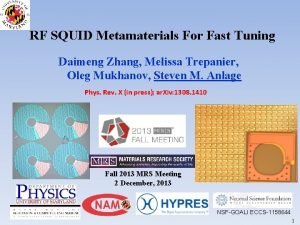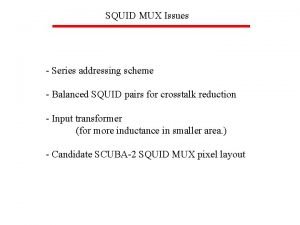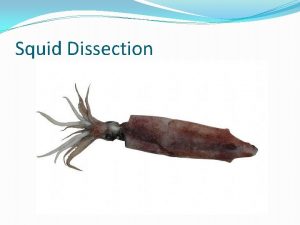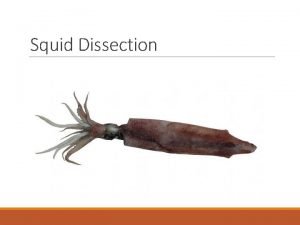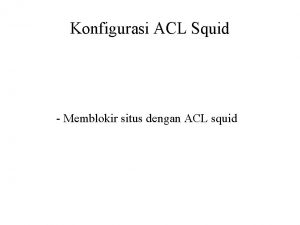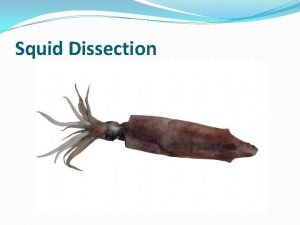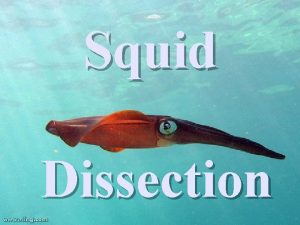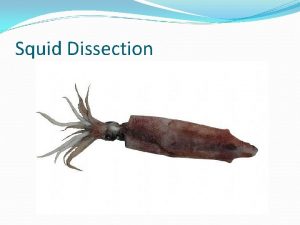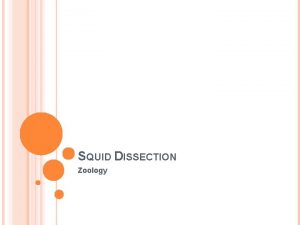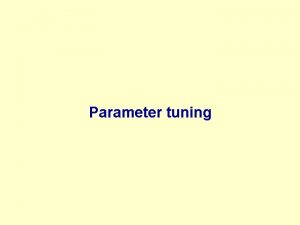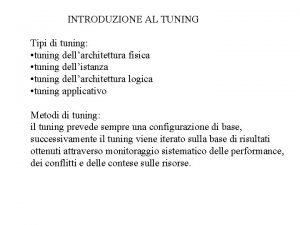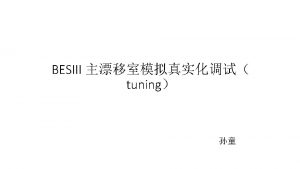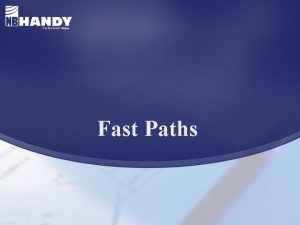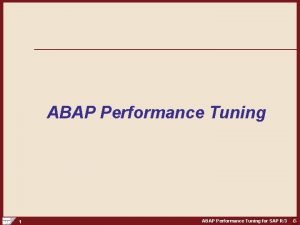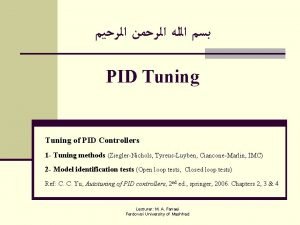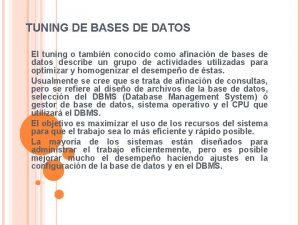RF SQUID Metamaterials For Fast Tuning Daimeng Zhang






















- Slides: 22

RF SQUID Metamaterials For Fast Tuning Daimeng Zhang, Melissa Trepanier, Oleg Mukhanov, Steven M. Anlage Phys. Rev. X (in press); ar. Xiv: 1308. 1410 Fall 2013 MRS Meeting 2 December, 2013 NSF-GOALI ECCS-1158644 1

Outline Brief Introduction to Superconducting Metamaterials and SQUIDs Design of our RF SQUIDs Results (Tunability with Temperature, DC Flux, RF Flux) Single RF SQUID Array Modeling and Comparison with Data Tuning Speed Future Work and Conclusions 2

Why Superconducting Metamaterials? The exciting applications of metamaterials: Flat-slab Imaging “Perfect” Imaging Cloaking Devices etc. … l Pendry (2004) … have strict REQUIREMENTS on the metamaterials: Ultra-Low Losses Ability to scale down in size (e. g. l/102) and texture the “atoms” Fast tunability of the index of refraction n SUPERCONDUCTING METAMATERIALS: Achieve these requirements! Steven M. Anlage. "The Physics and Applications of Superconducting Metamaterials, " J. Opt. 13, 024001 (2011). 3

The Three Hallmarks of Superconductivity Zero Resistance I 0 Tc Temperature Magnetic Induction Flux F V DC Resistance Complete Diamagnetism Macroscopic Quantum Effects T>Tc T<Tc B 0 Tc Temperature Flux quantization F = n. F 0 Josephson Effects 4

Macroscopic Quantum Effects Superconductor is described by a single Macroscopic Quantum Wavefunction Flux F Consequences: Magnetic flux is quantized in units of F 0 = h/2 e (= 2. 07 x 10 R = 0 allows persistent currents Current I flows to maintain F = n F 0 in loop n = integer, h = Planck’s const. , 2 e = Cooper pair charge -15 Tm 2) I superconductor Example of Flux Quantization 50 mm One flux quantum in this loop requires a field of B = F 0/Area = 1 m. T = 10 m. G Earth’s magnetic field Bearth ~ 500 m. G Superconducting Ring 5

Macroscopic Quantum Effects Continued Josephson Effects (Tunneling of Cooper Pairs) DC AC Circuit representation of a JJ Gauge-invariant phase difference 6

Why Quantum Josephson Metamaterials? Josephson Inductance is large, tunable and nonlinear Resistively and Capacitively Shunted Junction (RCSJ) Model 7

SQUIDs rf SQUID A Quantum Split-Ring Resonator dc SQUID (NOT used here) Operates in the voltage-state Flux-to-Voltage transducer V(F) n = integer Inductance of Junction in rf SQUID Loop LJJ Lgeo R C F 8

Example of our RF SQUID meta-atom Niobium Layer 2 Nb: Tc = 9. 2 K sc loop Junction Nb/Al. Ox/Al/Nb Overlap forms capacitor Via (Nb) Niobium Layer 1 L LJJ R C 9

Tunable RF SQUID Resonance LJJ Lgeo R C resistivity and capacitively shunted junction model F f 0 (GHz) Tunability of RF SQUID Resonance 20 10 Potential Application: Tunable band-pass filter for digital radio: 1) Multi-GHz tuning 2) Sub-ns tuning time scale JJ switching on ~ ħ/D ~ ps time scale 10

Experimental Setup Transmission: S 21 = Vout/Vin S 21 (d. B) Nb/Al. Ox/Al/Nb Josephson Junction Nb: Tc = 9. 2 K Frequency 11

Single-SQUID Tuning with DC Magnetic Flux Comparison to model estimate Tuning Range: 9. 66 ~ 16. 64 GHz Frequency (GHz) D|S 21| RF power = -70 d. Bm, @6. 5 K See similar work by P. Jung, et al. , Appl. Phys. Lett. 102, 062601 (2013) ΦDC/Φ 0 Processed data 12

Single-SQUID Tuning with DC Magnetic Flux Comparison to Model RF power = -80 d. Bm, @6. 5 K Maximum Tuning: 80 THz/Gauss @ 12 GHz, 6. 5 K Total Tunability: 56% 13

Modeling RF SQUIDs Flux Quantization in the loop LIJJ c L F R C I(t) Solve for d(t), calculate LJJ, I(t), mr(f) S 21 = ar. Xiv: 1308. 1410 k= 14

Single-SQUID Power Dependence Power Sweep at nominal FDC = 0 Comparison to full nonlinear model Data and model agree that the single-SQUID “disappears” over a range of incident power Transparency! ~ BRF 2 15

Frequency (GHz) Nonlinear Model Calculation of RF Power Dependence model experiment Transparency! experiment Prf (d. Bm) 16

27 x 27 RF SQUID Array Network Analyzer RT amplifier attenuator a) Input rf wave Waveguide LNA BDC RF SQUID array Single RF SQUID Cryogenic environment Erf Brf output rf wave 2 Nb layers JJ via l / a ≈ 200 80 µm 17

DC magnetic flux tuned resonance Coherent! 27 x 27 RF SQUID Array 46% Tunability 18

Coherent Tuning of RF SQUID Array For example, 2 coupled RF SQUIDs: k k k=M/L The coupled SQUIDs oscillate in a synchronized manner, even when there is a small difference in DC flux (f. DC) Loop 1 Loop 2 The SQUID resonance blue-shifts with increased coupling, or increasing the number of SQUIDs in the array Bapp Bc Bc I Bind k=0. 1 k=0. 2 I Bind 19

Speed of RF SQUID Meta-Atom Tunability Upper limit: Shortest time scale for superconductor switching is ħ/D ~ 1 ps Circuit Time scales: L/R ~ 0. 5 ps RC ~ 0. 3 ns Temperature Tuning: Generally slow, depending on heat capacity and thermal conductivity Tuning speed ~ 10 ms see e. g. V. Savinov, et al. PRL 109, 243904 (2012) RF Flux Tuning: Pulsed RF measurements show response time < 500 ns Quasi-static Flux Tuning: ns-tuning frequently achieved in SQUID-like superconducting qubits see e. g. Paauw, PRL 102, 090501 (2009); Zhu, APL 97, 102503 (2010) 20

Future Work • JJ wire + SQUID metamaterials for n < 0 • Calibrate the cryogenic experiment to extract µ, ε of our metamaterials [J. H. Yeh, et al. RSI 84, 034706 (2013)] • Further investigate nonlinear properties of SQUID metamaterials – Bistability in b. RF < 1 RF SQUIDs – Multistability in b. RF > 1 RF SQUIDs – Intermodulation and parametric amplification in SQUID arrays 21

Conclusions • Successful design, fabrication and testing of RF SQUID metaatoms and metamaterials • Periodic tuning of resonances over 7+ GHz range under DC magnetic field ~ m. Gauss. ∆f/∆B ~ 80 THz/Gauss (max) @ 12 GHz, 6. 5 K • SQUID meta-atom and metamaterial behavior understood from first-principles theory • RF SQUID array tunes coherently with flux → synchronized oscillations • Metamaterials with greater nonlinearity are possible! Phys. Rev. X (in press); ar. Xiv: 1308. 1410 Thanks for your attention! anlage@umd. edu NSF-GOALI ECCS-1158644 Thanks to A. V. Ustinov, S. Butz, P. Jung @ Karlsruhe Institute of Technology and M. Radparvar, G. Prokopenko @ Hypres Steven M. Anlage. "The Physics and Applications of Superconducting Metamaterials, " J. Opt. 13, 024001 (2011) 22
 Squid
Squid Example of acid-fast bacteria
Example of acid-fast bacteria Acid fast and non acid fast bacteria
Acid fast and non acid fast bacteria Tack för att ni lyssnade bild
Tack för att ni lyssnade bild Referat mall
Referat mall Varför kallas perioden 1918-1939 för mellankrigstiden
Varför kallas perioden 1918-1939 för mellankrigstiden Punkthöjd karttecken
Punkthöjd karttecken Epiteltyper
Epiteltyper Avrunda decimaltal
Avrunda decimaltal Rådet för byggkompetens
Rådet för byggkompetens Kraft per area
Kraft per area Elektronik för barn
Elektronik för barn Borra hål för knoppar
Borra hål för knoppar Bris för vuxna
Bris för vuxna Anatomi organ reproduksi
Anatomi organ reproduksi Smärtskolan kunskap för livet
Smärtskolan kunskap för livet Trög för kemist
Trög för kemist Teckenspråk minoritetsspråk argument
Teckenspråk minoritetsspråk argument Typiska novell drag
Typiska novell drag Autokratiskt ledarskap
Autokratiskt ledarskap Humanitr
Humanitr Rita perspektiv
Rita perspektiv Toppslätskivling dos
Toppslätskivling dos
